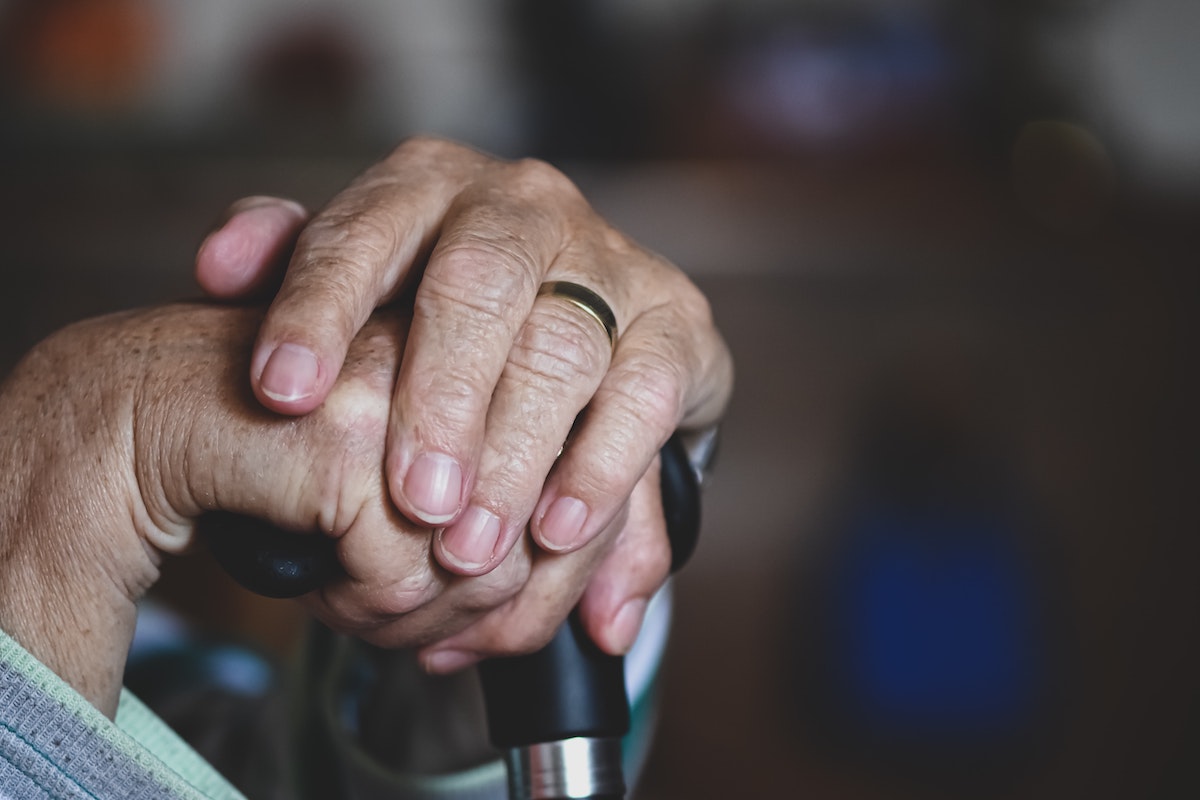Once called the pandemic of the unvaccinated, COVID 19 is increasingly referred to as the pandemic of older adults because of its disproportionate impact on seniors and people with disabilities.
The COVID mortality figures from the CDC show people over 50 are dying from COVID 25 times more often than young adults 18-29. The risk is 340 times higher if you are 85.
“We want to remember that the biggest predictor, and the most important risk factor, is just age,” said Dr. Tomas Aragon, director of the California Department of Public Health (CDPH).
Aragon led off a panel of health experts who shared strategies on how to protect seniors and those with disabilities at a recent Zoom news briefing hosted by EMS and the California Department of Aging.
California’s greying population is surviving COVID a bit better than the national average. According to the Kaiser Family Foundation, of the 1.1 million COVID deaths in the U.S. about 790,000 were people ages 65 and older. That group accounts for 16% of the total U.S. population but 75% of all COVID deaths to date.
In California, 71.5% of COVID deaths were people 65+, according to CDPH, and that group makes up 15.6% of California’s population. Lifespan and quality of health are determined by a number of factors, including race, socio-economic status, regular exercise and diet.
California leads the nation when it comes to aging policy. The California Master Plan for Aging, signed by Gov. Gavin Newsom three years ago, has five goals. They are housing for all stages and ages, reimagining health and healthcare delivery, inclusion and equity, support for caregivers, and affording aging.
“We are focusing on the contributions that older adults make to our communities,” said Susan DeMarois, Director of California Department of Aging.
California scores high on exercise and healthy diets because many seniors lead very active lives. There are soccer leagues for over-50 players, and many of the state’s 400 surf spots are considered “home breaks” for wave riders in their 60s and 70s.
Jessica Lehman, Executive Director of Senior and Disability Action, said that when the pandemic began, news headlines reassured people that the majority of those dying from COVID were older adults, including many who lived in nursing homes, and that younger people need not be worried.
“Older people felt that they were not seen as part of society, that they were ignored and disposable,” Lehman said.
“Even now, there is this idea that if you’re vaccinated, you’re probably fine being around other people, doing things inside, going back to indoor dining, going to big holiday parties, not wearing masks, except for those with high-risk conditions. It’s like we understand that some people can’t do this, but everyone else can go out and have a good time. It is creating further divisions in our community,” Lehman said.
“There’s also the assumption that if you have disabilities, including age, your life is less valuable,” Lehman added. “If the decision must be made, better to sacrifice you than a young nondisabled person.”
These policies are not only ableist and ageist, they are very clearly racist and classist and buy in to other kinds of oppression, she said.
The pandemic deepened the social isolation of older adults and people with disabilities, according to Ana Acton, Deputy Director of the Department of Rehabilitation (DOR)’s division of Independent Living and Community Access. Those who lacked technology or digital skills were left out of critical services, such as telehealth, food and pharmacy access.
DOR runs 28 Independent Living Centers statewide offering group activities, counseling and community to help bridge this divide.
“Family caregivers are indispensable for helping us manage COVID,” said Dr. Donna Benton, Director of the California Family Caregiver Support Center at University of Southern California.
When the pandemic started, family caregivers weren’t recognized as essential workers even though they were taking care of 80% of the senior and disabled population. As many family caregivers return to work and COVID numbers are rising, Benton’s center is making sure they know what resources are available, “because as a caregiver, you’re often the last to think you deserve those resources. You’re so focused on what your loved one or your relative or friend is needing.”
Four free tests per family can be ordered from the post office here: https://www.covid.gov/tests
With the flu season underway, California hospitals are packed with people sick from flu, COVID, other respiratory syndromes, and “many other things just from delayed care,” according to Dr. Aragon. The big challenge now is to get older people up to date on their boosters – only 30% of seniors have gotten bivalent boosters and the number is 10-20 percent for younger groups.
If you’ve never had COVID but at some point develop its flu-like symptoms, Aragón says to take a test and isolate for several days if you are positive. If you get sick, you can take antiviral medicine like Paxlovid. If you are on other meds, you can check to see if they are compatible. FAQs are available here: https://covid19.ca.gov/treatment/
Antivirals are now widely available, and Aragón says they are very effective if taken soon after you get sick. He suggests contacting your health provider to plan how to get the medicine quickly if you test positive.




